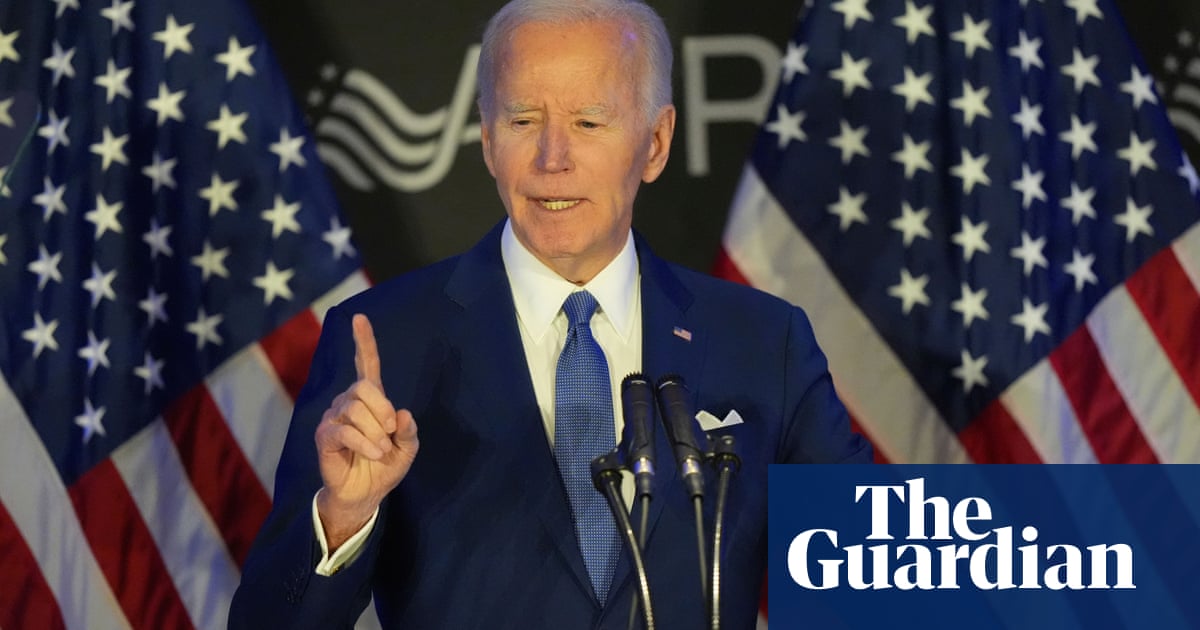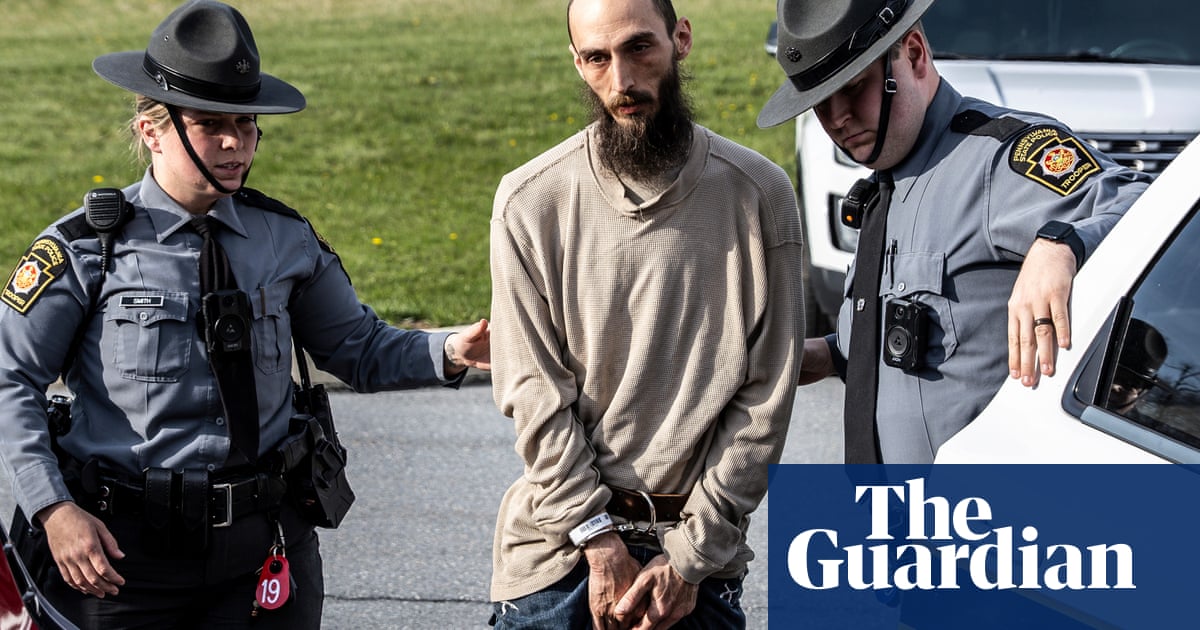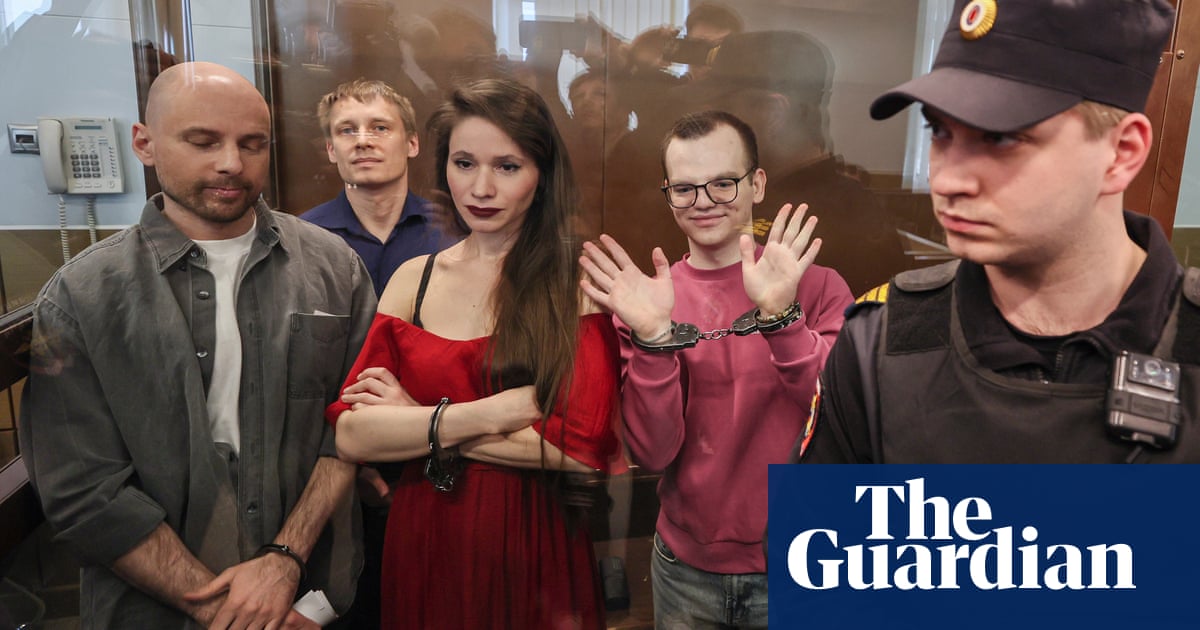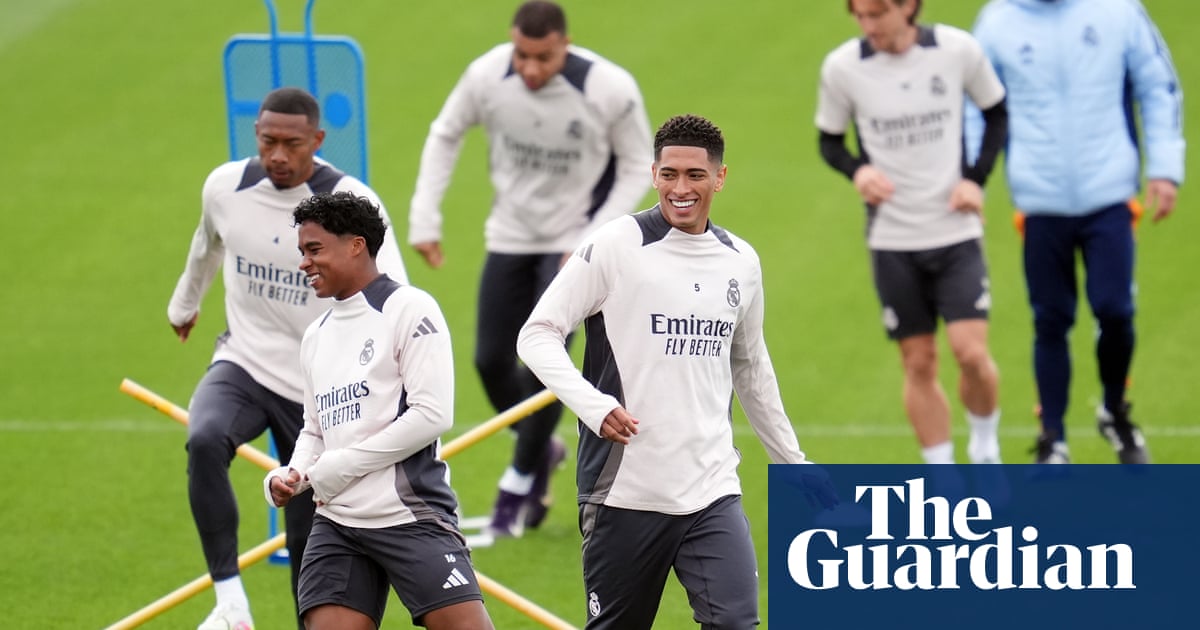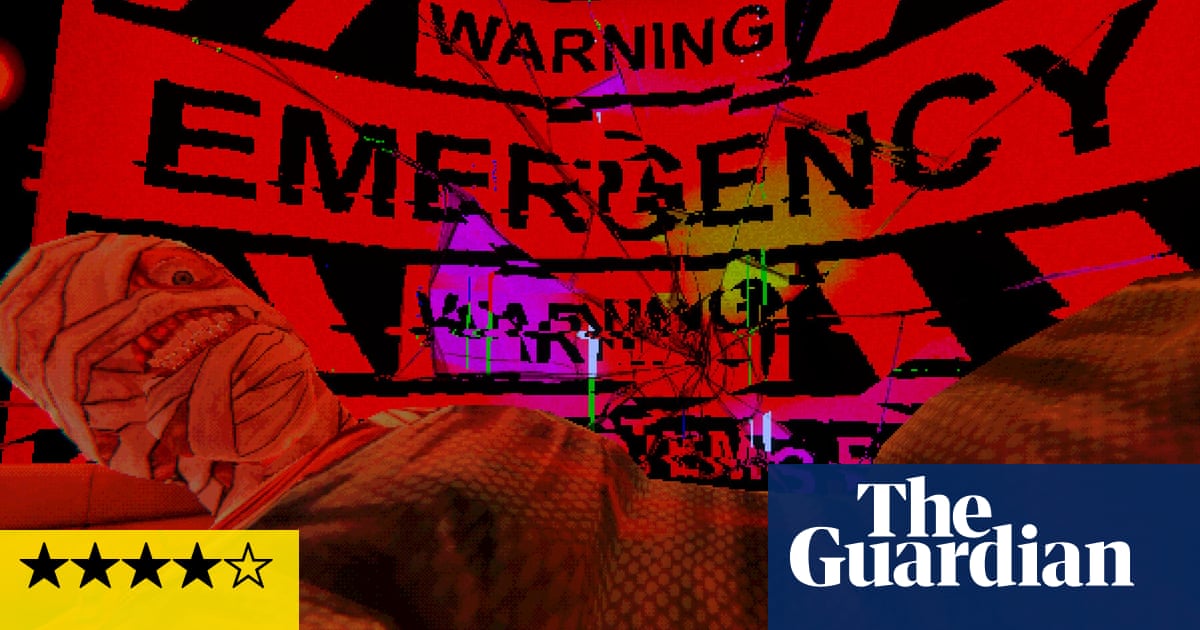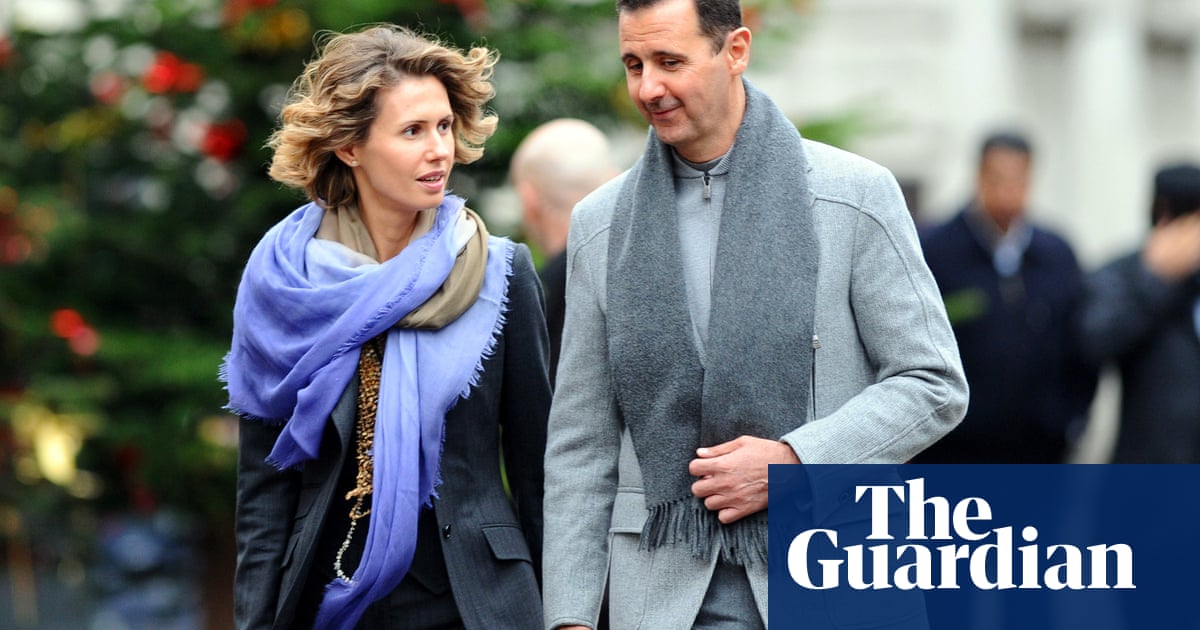Warfare, Alex Garland and Ray Mendoza’s assiduous new film on a single episode of the American war in Iraq, opens with a title card typical to a war picture: date, location, barebones summary – 11 November 2006, in Ramadi, Iraq. Navy SEAL team alpha one is supporting Marines in insurgents’ territory. And then one final, unusual detail in place of the standard “based on a true story” – “This film uses only their memories.” The “only” is an ominous indicator: this is a film working against the Hollywood tide to gloss, simplify or narrativize. Warfare, based primarily on Mendoza’s memories of that day as a former SEAL, as well as those of fellow soldiers and civilians present, is as much an experiment of translation as a cinematic achievement, a movie defined by both what it shows and what it does not.
Much of the press surrounding Warfare has focused on this exacting verisimilitude, its mission to create the “most accurate war film possible”. If something could not be double-checked by another account, it was not included. The intricate, fully immersive soundscape, designed by Glenn Fremantle, encompasses the vast volume spectrum of conflict – civilian chatter, a hand grazing a windowsill, burps of radio, destabilizing patters of gunfire and the sonic boom of a “show of force” military flyover that had nearly the same fetal-position effect on the theater audience as it did the characters. With the exception of a first scene observing the soldiers raucously dancing to the erotic music video for Eric Prydz’s Call On Me – underscoring just how young they are, how much pressure must be released – the movie proceeds in more or less real time. Ninety-ish minutes at a house the soldiers picked because one said “I like it”, at first tracking and then fighting nameless insurgents, with dialogue primarily in undiluted military jargon.
At every turn, Warfare resists the conventions of a typical war picture, especially for the small handful of films dealing directly with the aftermath of 9/11. From Black Hawk Down to Zero Dark Thirty, even the most technically proficient and subtly critical films boast a certain Hollywood sheen, with clear acts, story structure and legible characters for viewers to latch on to (and if not an outright satire a la Three Kings, an obligatory baseline reverence for the US military). Warfare does cast a slew of good-looking actors on the rise, including Charles Melton, Kit Connor, Joseph Quinn, Cosmo Jarvis, Noah Centineo, Will Poulter and Reservation Dogs’ D’Pharaoh Woon-A-Tai as Mendoza. But clad in camo and wraparound goggles, caked in dirt and blood, waiting in indecipherable roles or whirring in annihilating chaos, they are largely indistinguishable from the group. No backstories, no side plots, little banter. The main character is the unit itself.
But perhaps what is most striking about Warfare is not its adroit simulacra of battle, but its commitment to uncinematic truth: war is hell, and also a lot of waiting around. Nearly half the movie proceeds before the firefight, the camera lingering in the dull, paranoia-inducing fact that there isn’t much to talk about when something could go wrong at any minute. When it does – a grenade tossed through a window from an unseen insurgent – it is almost comically understated, though no less deadly. The violence is arhythmic, staccato outbursts of deafening noise. But once a soldier is gravely injured, Garland and Mendoza do not provide a reprieve from the agonized screaming.
This is not Garland’s first attempt at a hyper-realistic, anti-war war film. Civil War, released last year with Mendoza as a military consultant, imagined a fictional future civil conflict in the US with same detached, cool-headed commitment to realism, through the eyes of neutral military journalists trying to record the facts themselves. The film marked an achievement in unrelenting sound design and immersive combat cinema, but was undercut by a strange incuriosity as to the politics and partisan divide that would lead to war in the first place.
Warfare suffers no such blurriness, though no explicit political dogma. It doesn’t need to – by adhering strictly to memory, thus acknowledging the limitations therein, Warfare circumvents the expectation of message that dogs the handful of films forming the “war on terror” canon. The vast majority of these, even Kathryn Bigelow’s Oscar-winning The Hurt Locker, imbued some moral ambiguity into the conflict, though focused primarily on the haunting effects of war on its American participants, and made little at the box office. Only American Sniper, Clint Eastwood’s 2014 film on the real-life sniper Chris Kyle, was a genuine hit, grossing $547m; not coincidentally, it pitted Good Americans v Bad Terrorists, any shades of grey subsumed by belief in the justness of the war.

I could imagine these critiques while watching Warfare – that to focus on the US military is to inherently glorify it, that Garland and Mendoza hewing so close to the soldiers as to leave the forcibly displaced family, cowering in fear in a single bedroom under threat of a US gun, provides too limited a picture. But that would underestimate an audience’s ability to read between the lines. The fact that some of the soldiers forgot the family was even there, the fact that the Iraqi scouts were forced to evacuate first and thus died, that the family was left behind in wreckage without a word, says volumes about the entire ethos of the conflict. I cannot imagine walking away from this exquisitely rendered, fastidious account of modern warfare with an impression other than that the American invasion was an incomprehensibly costly exercise in needless violence and futility.
The fact that Warfare pins its frame on the statement of memory – that this is what happened, unvarnished, these were the patterns and the suffering – is itself instructive to an American public with fewer and fewer direct ties to its military. There’s an educational undercurrent to the enterprise, a tacit understanding that most Americans know very little about the war outside of media portrayals, if they know anything at all. Less than 1% of the US population served in the armed forces during the wars in Iraq and Afghanistan, compared with roughly 10% in the second world war – not a value judgment, but a fact on personal connection. The US government was at constant war for 15 years; the vast majority of the US public was not. My understanding of the ethics and justification (or extreme lack thereof) of the invasions that began in my childhood have shifted and clarified with age, yet it was still cathartic – in a horrifying, skin-shedding way – to see a recreation, to feel closer to understanding the experience of many veterans increasingly alienated and disillusioned by the US government, disproportionately pulled to extremism.
That Warfare does not introduce the other side, that the Iraqi family and scouts are even blanker to us than the soldiers, feels both unfair and refreshingly honest – acknowledgement of a failure of imagination on a grand and horrifying scale, and of the brain-shredding effects of combat on the personal level. The film ends with a jarring concession to convention and internet curiosity, presenting side-by-side photos of the real SEALs with the actors. But before that, it visits, just briefly, the scene the soldiers just left – Iraqi insurgents appear on the streets as the tanks roll out; the family takes in the shattered remnants of their home. It could feel tossed-off, insufficient, but I read it as a tantalizing possibility – what would their perspective look like in real time? There are other stories not within Garland and Mendoza’s scope that we, too, should know – if only Hollywood would let someone tell them.
-
Warfare is out in US cinemas now and in Australia on 17 April and the UK on 18 April

.png) 6 hours ago
3
6 hours ago
3

